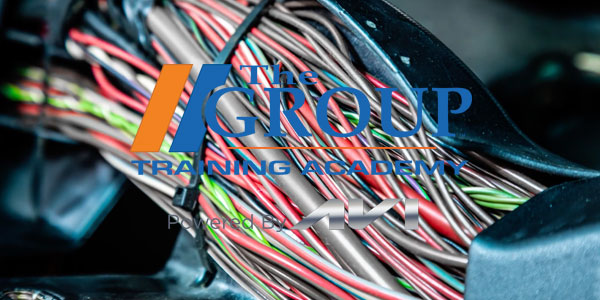Considering all the advances that have been made in recent years in automotive electronics, the lead-acid battery seems rather dated. The basic chemistry inside a car battery has not changed, and average battery life is still only about four to six years (and can be as little as three years in really hot climates).
Batteries are also temperature sensitive. The chemical reactions inside a battery that produce current slow down as the temperature drops. Because of this, a battery’s output can be reduced as much as 60 percent at zero degrees F. Consequently, if the battery is undercharged to begin with, or not in very good condition, it may not be able to deliver enough power to crank and start the engine.
In spite of these shortcomings, there have been steady improvements in lead-acid battery technology since the earliest days of the automobile. Up until the late 1950s, most vehicles operated on 6-volt electrical systems.
The switch to 12-volt electrical systems was a major step forward because it allowed more reliable cold weather cranking and starting, better lighting, more powerful electric motors for wipers, power windows and seats, and the use of more efficient alternators instead of generators to keep the battery charged.
The old heavy black rubber battery cases that were common up until the 1970s were replaced by thinner and lighter plastic cases. Venting was also improved to reduce corrosion around the battery terminals. In the 1970s, General Motors introduced the side terminal battery, which reduced terminal corrosion even more. Other improvements included thinner and more efficient cell plates and grids that allowed more storage capacity to be packed into the same-sized case or a smaller case.
One of the biggest improvements was the introduction of “maintenance free” sealed top batteries. All batteries produce hydrogen gas when charging. This is partially a function of the metal alloys used in the battery grids. Reducing the amount of antimony in the grid alloy, or replacing it with calcium or lead-strontium reduces gassing so the battery uses less water over time. Less gassing also reduces the risk of a battery explosion when jump-starting a battery.
The Absorbed Glass Mat (AGM) battery was another major innovation. In this design, the acid is held in sponge-like fiberglass mats sandwiched between the positive and negative cell plates. This almost eliminates evaporation and gassing, as well as the risk of spillage. The AGM design also makes a battery more resistant to vibration, which improves durability and reduces the risk of premature failure.
Another innovation was to reconfigure the design of the battery cell itself. Instead of using flat rectangular cell plates and grids, some batteries feature a “spiral wound” cell construction that packs a lot of surface area into a smaller volume. Combined with AGM technology, it improves battery performance, durability and longevity.
Batteries typically fail for one of several reasons: chronic undercharging (which causes plate sulfation, rapid aging and loss of charging and storage capacity), vibration (which can crack separators and cell connectors inside the battery), and loss of water (due to excessive temperatures, evaporation or overcharging). Batteries can also freeze if they are discharged and the temperature is below freezing.
A battery’s state of charge can be determined with a voltmeter. A fully charged battery should read about 12.68 volts.
A reading of 12.45 volts indicates the battery is 75 percent charged. Anything less means the battery is low and needs to be recharged.
If a battery is low, the output of the charging system should be tested with the engine running, and should be around 1.5 to 2.0 volts higher than battery voltage.
Also, the battery cables and terminals should be checked for tightness and corrosion, and cleaned if necessary to restore a good electrical connection.












